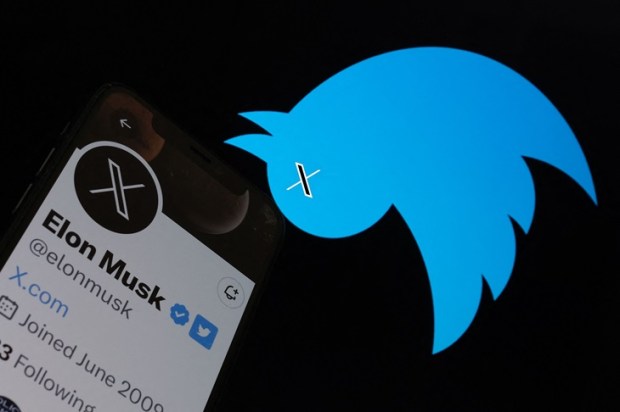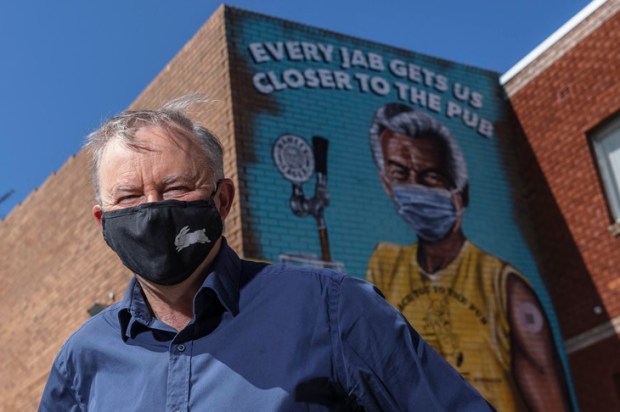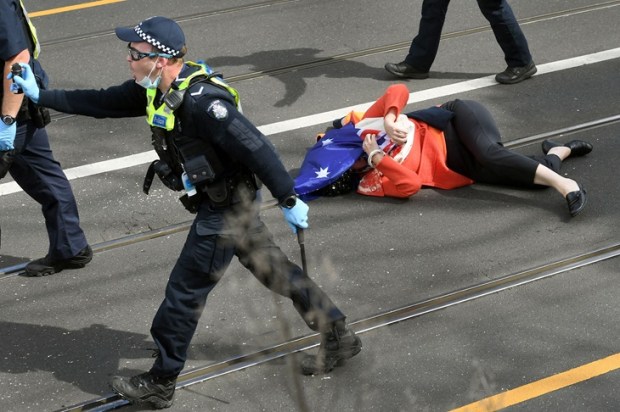The Misinformation and Disinformation Bill, introduced this year, paves the way towards a 1984 totalitarian reality where foreign organisations find themselves involved in regulating Australia’s free speech.
Signatories to the Australian Code of Practice on Disinformation and Misinformation launched in 2021 included Adobe, Apple, Google, Meta, Microsoft, Redbubble, TikTok, and Twitter.
Some of the signatories to the Code have been criticised in the past for their relationship and business deals with the Chinese Communist Party, while others, such as TikTok’s parent company ByteDance, are based in China.
Already a subscriber? Log in
Subscribe for just $2 a week
Try a month of The Spectator Australia absolutely free and without commitment. Not only that but – if you choose to continue – you’ll pay just $2 a week for your first year.
- Unlimited access to spectator.com.au and app
- The weekly edition on the Spectator Australia app
- Spectator podcasts and newsletters
- Full access to spectator.co.uk


























Comments
Don't miss out
Join the conversation with other Spectator Australia readers. Subscribe to leave a comment.
SUBSCRIBEAlready a subscriber? Log in